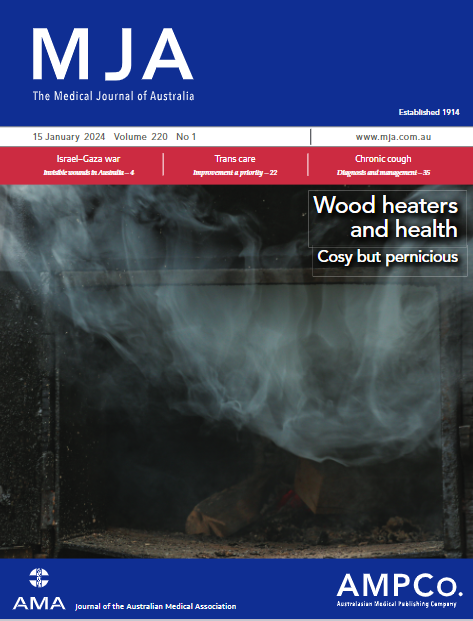Effectiveness of COVID-19 vaccine boosters for reducing COVID-19 mortality among people aged 65 years or older, Australia, August 2023 – February 2024: a retrospective observational cohort study
Abstract
Objectives
To assess the effectiveness of the severe acute respiratory syndrome coronavirus 2 (SARS-CoV-2) monovalent XBB.1.5 variant vaccine for reducing coronavirus disease 2019 (COVID-19) mortality among people aged 65 years or older.
Study design
Retrospective observational cohort study; analysis of linked 2021 Australian census, Australian Immunisation Register, and death registrations data.
Setting
Australia, 1 August 2023 to 29 February 2024; dominant SARS-CoV-2 Omicron subvariants: XBB-related until early December 2023, then the BA.2.86-related JN.1.
Participants
People aged 65 years or older on 1 August 2023.
Main outcome measures
Relative vaccine effectiveness by time since most recent booster and booster type (XBB.1.5 variant or other), adjusted for age, gender, state/territory, household income, number of medical conditions, number of general practice visits, and influenza vaccination during 2022.
Results
By 29 February 2024, 1620 COVID-19-specific deaths among 4.12 million people aged 65 years or older had been recorded. COVID-19 mortality was lower among people who had received XBB.1.5 COVID-19 booster doses during the preceding 90 days (21 [95% confidence interval {CI}, 9–52] per 100 000 person-years) than among those whose most recent booster had been more than 365 days ago (72 [95% CI, 61–84] per 100 000 person-years). The relative vaccine effectiveness for XBB.1.5 boosters during the preceding 90 days (v any booster > 365 days) was 74.7% (95% CI, 59.9–84.1%); for other booster types it was 51.6% (95% CI, 39.3–61.4%). Relative vaccine effectiveness declined with time: for any booster during the preceding 91–180 days (v any booster > 365 days) it was 31.2% (95% CI, 18.9–41.6%); for any booster during the preceding 181–365 days it was 13.1% (95% CI, 1.8–23.2%). Relative XBB.1.5 vaccine effectiveness was similar in analyses restricted to 1 December 2023 – 29 February 2024, when the dominant Omicron subvariant was JN.1.
Conclusions
Recent booster vaccination with the XBB.1.5 monovalent COVID-19 vaccine was highly effective for preventing COVID-19 deaths among people aged 65 years or older, including during the period in which the JN.1 was the dominant SARS-CoV-2 Omicron subvariant. Our findings provide support for the recommendation that people aged 65 years or older receive COVID-19 vaccine booster doses every six months.


 求助内容:
求助内容: 应助结果提醒方式:
应助结果提醒方式:


